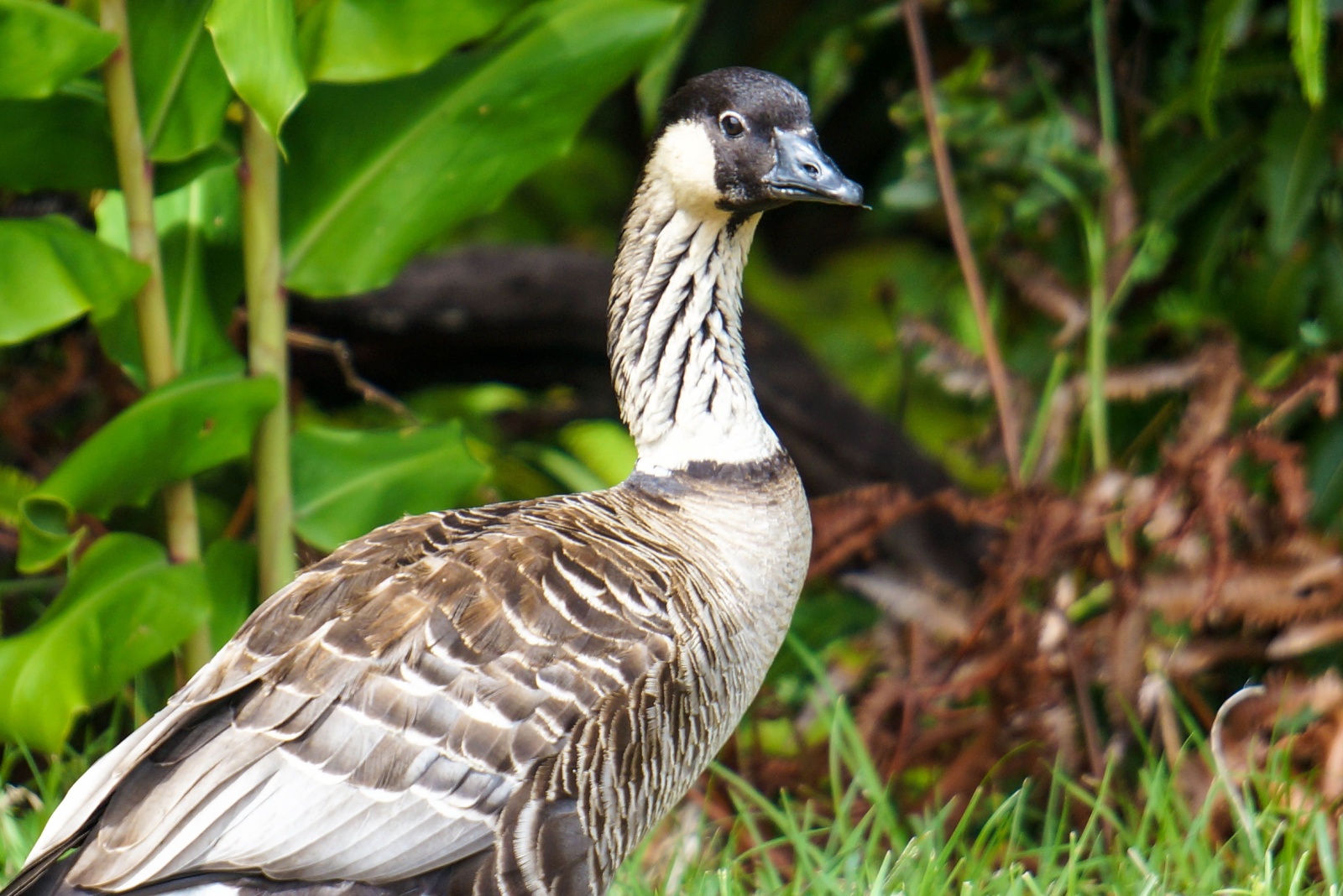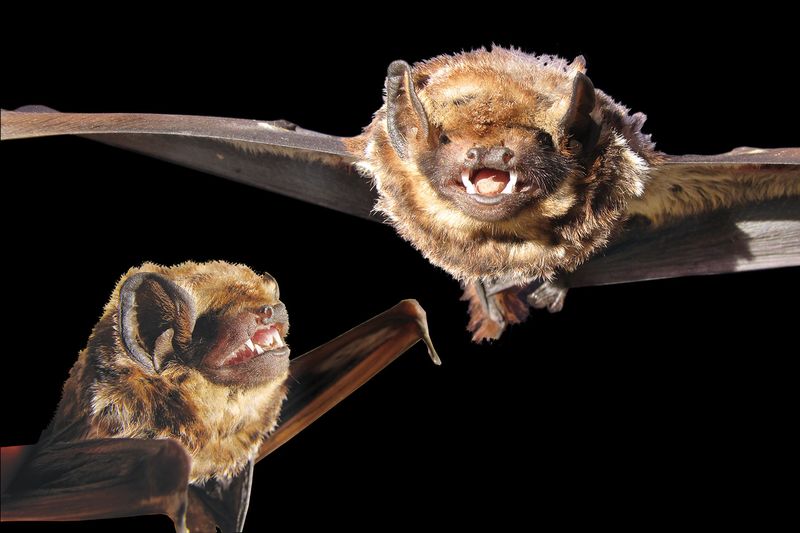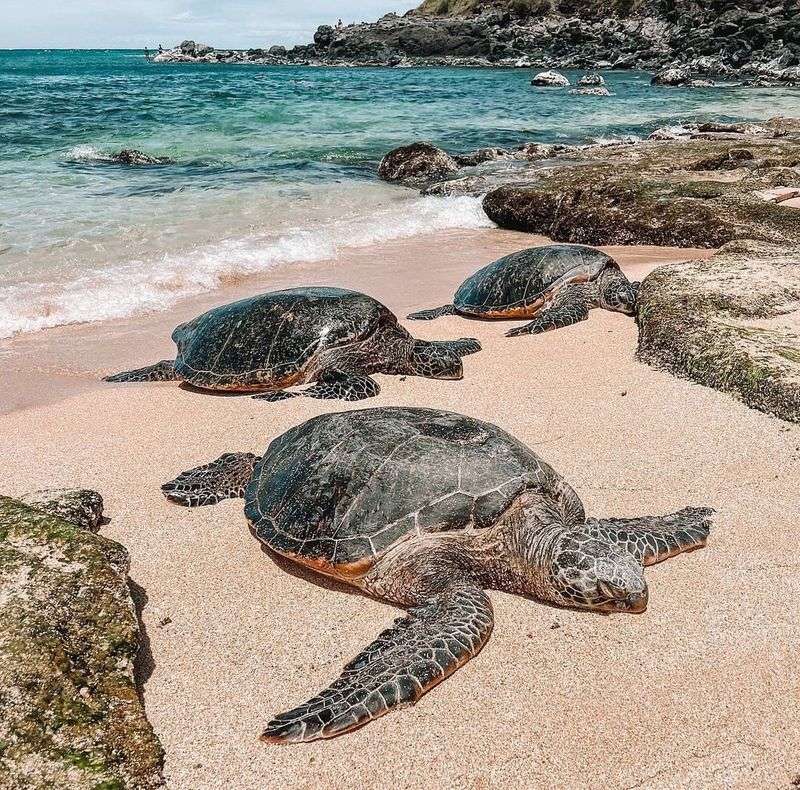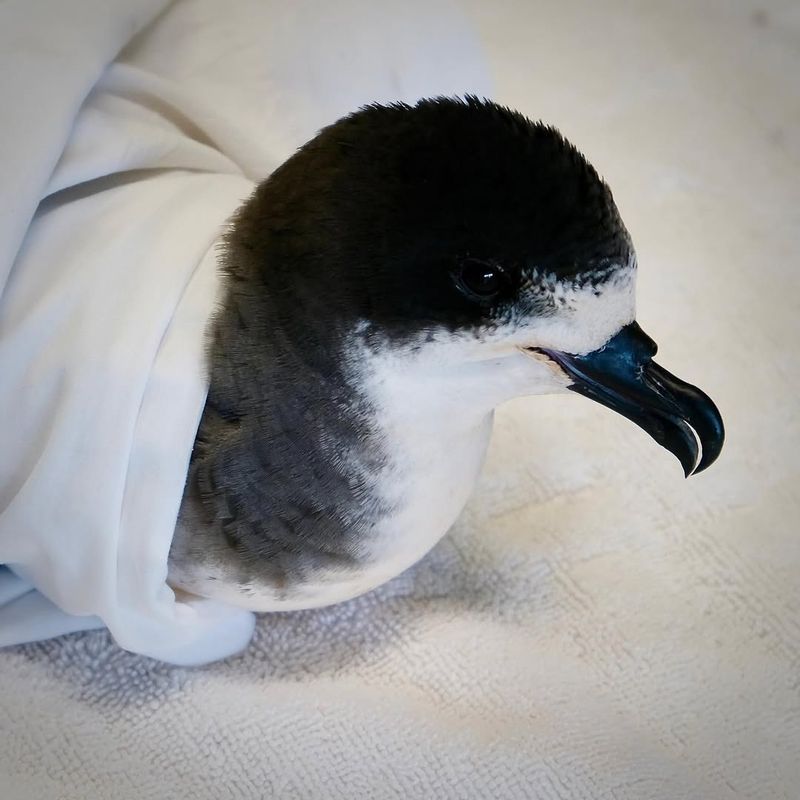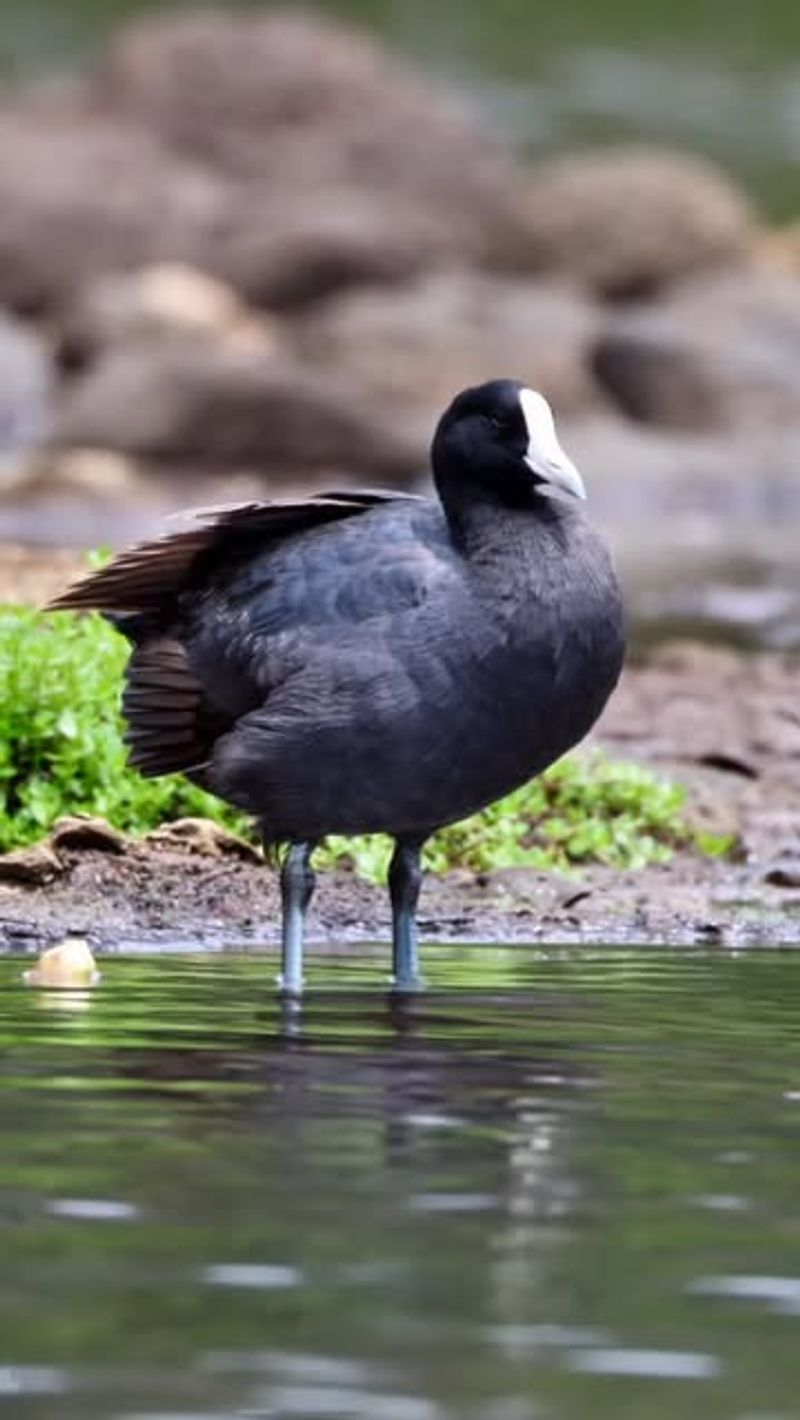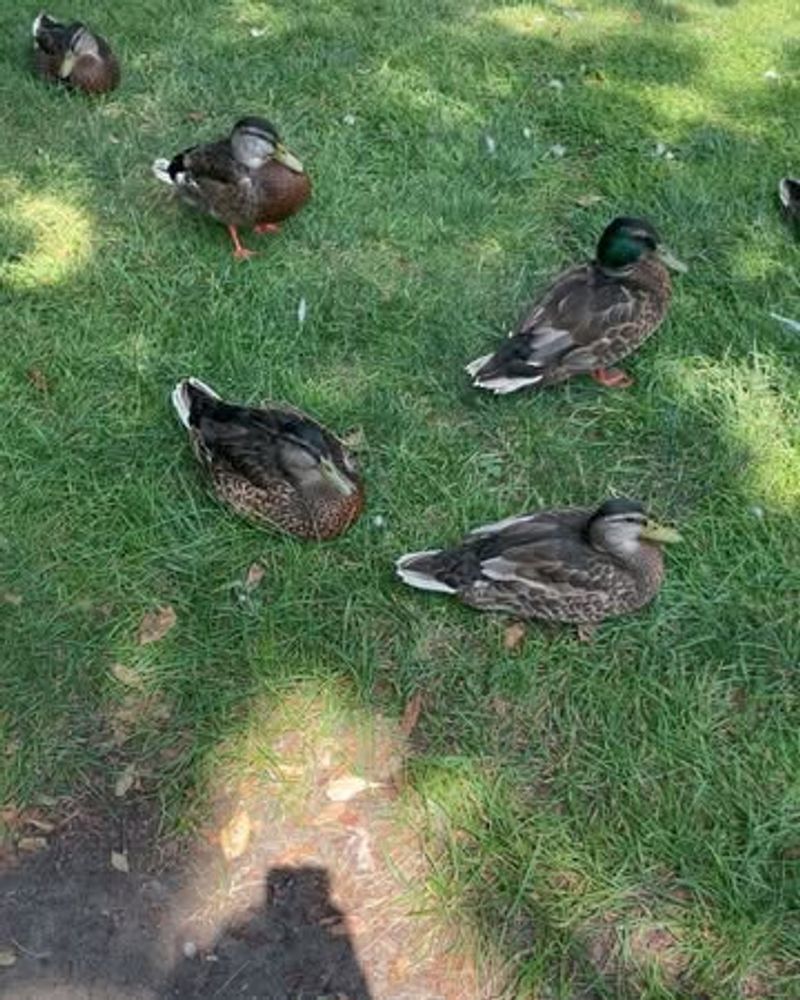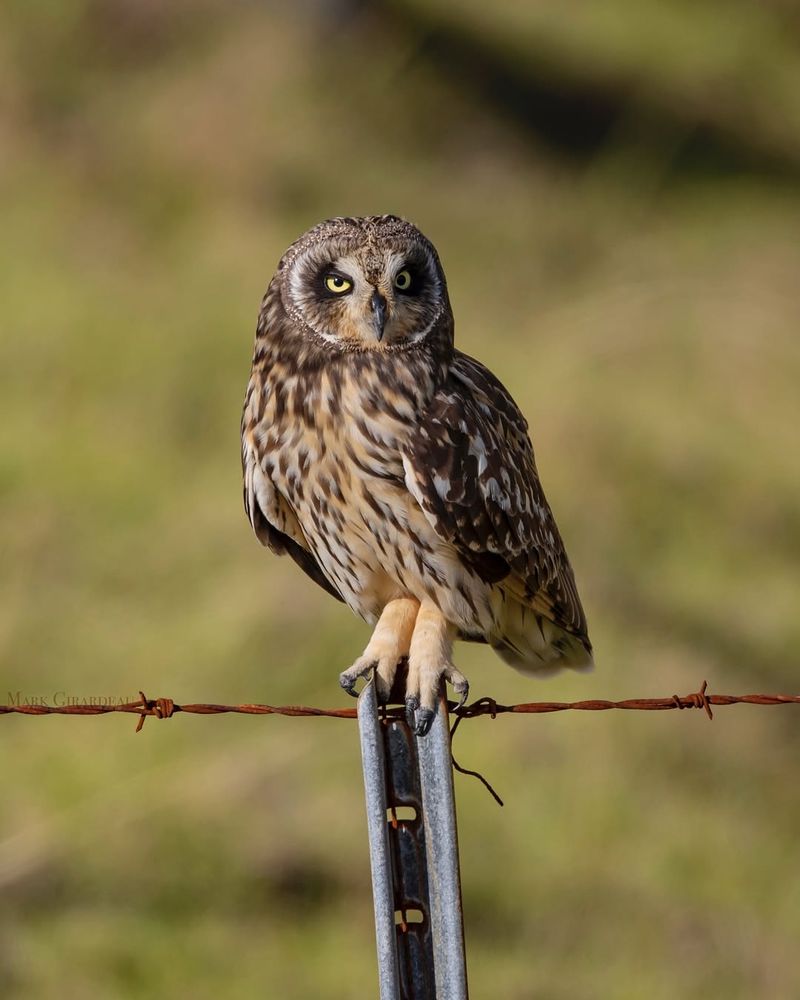Hawaii’s wildlife laws protect some surprising residents that might show up in your yard. If you spot certain creatures on your property, you can’t just shoo them away or relocate them—doing so could land you in serious legal trouble.
Understanding which animals are off-limits helps you stay on the right side of the law while respecting Hawaii’s unique ecosystem.
1. Hawaiian Hoary Bat
Hawaii’s only native land mammal might decide your backyard tree makes a perfect daytime roost. This brown bat with frosted white tips on its fur is federally protected under the Endangered Species Act.
Disturbing or attempting to remove one carries hefty fines and potential jail time. If you find one roosting near your home, consider yourself lucky to witness such a rare sight.
Contact Hawaii’s Department of Land and Natural Resources if you have concerns, but never attempt removal yourself.
2. Green Sea Turtle (Honu)
These ancient mariners sometimes wander into beachfront yards to rest on the sand. In Hawaii, the honu holds deep cultural significance and enjoys full legal protection as an endangered species.
You must stay at least 10 feet away from any turtle you encounter. Moving one or blocking its path to the ocean is illegal and disrespectful to Hawaiian traditions.
If a turtle appears injured or distressed on your property, call the NOAA Marine Wildlife Hotline immediately rather than intervening yourself.
3. Nene (Hawaiian Goose)
Hawaii’s state bird might treat your garden like an all-you-can-eat salad bar. These charming geese recovered from near-extinction thanks to intensive conservation efforts, but they remain federally protected.
Chasing them off, trapping them, or harming them in any way violates state and federal laws. They’re particularly fond of lawns and may leave droppings, but that’s the price of living among rare wildlife.
Install motion-activated sprinklers if their presence becomes problematic, but never physically remove them from your property.
4. Hawaiian Petrel (Ua’u)
These mysterious seabirds nest in mountain burrows but sometimes become disoriented by artificial lights and crash-land in residential areas. Finding one on your property after dark isn’t uncommon during nesting season.
As an endangered species in Hawaii, petrels receive maximum legal protection. If you discover a grounded petrel, place a ventilated box over it to keep it safe from predators, then contact wildlife officials.
Never attempt to handle or relocate the bird yourself—improper handling can cause fatal injuries to these delicate creatures.
5. Hawaiian Stilt (Ae’o)
With legs that seem impossibly long for their bodies, these striking wading birds sometimes visit backyard ponds and water features. Their bold black-and-white plumage makes them easy to identify in Hawaii wetlands.
Protected under federal law, these birds can’t be disturbed or driven away from water sources on your property. They feed on small aquatic insects and pose no threat to fish or plants.
If stilts regularly visit your pond, you’re providing valuable habitat for an endangered species—something to celebrate rather than eliminate.
6. Hawaiian Coot (Alae Ke’oke’o)
This chunky waterbird with a bright white forehead shield might claim your koi pond as its personal territory. Unlike their mainland cousins, Hawaiian coots are an endemic subspecies found nowhere else on Earth.
They’re protected under both state and federal endangered species acts throughout Hawaii. Coots are surprisingly territorial and may aggressively defend their chosen water source, but you still can’t remove them.
They primarily eat aquatic vegetation and invertebrates, so your fish should remain safe despite their intimidating behavior toward other birds.
7. Hawaiian Hawk (Io)
Spotting Hawaii’s only native raptor hunting from your fence post is thrilling, even if it’s eyeing your chickens. The io holds sacred status in Hawaiian culture and enjoys full legal protection.
These adaptable hawks have rebounded from endangered status but remain protected by state law. If one takes up residence near your home, secure small pets and poultry with proper enclosures.
You cannot trap, harass, or harm an io under any circumstances. Their presence actually benefits you by controlling rodent populations around your property.
8. Band-Rumped Storm-Petrel
These tiny seabirds are masters of the open ocean but occasionally crash-land near coastal homes when confused by lights. Hawaii hosts important breeding colonies of this federally protected species.
Finding one grounded on your property requires immediate but gentle action. Like their larger petrel cousins, they’re extremely vulnerable to predators and stress when stranded on land.
Contain the bird safely in a dark, ventilated box and contact wildlife authorities within hours. Delaying or attempting your own release can prove fatal for these ocean specialists.
9. Hawaiian Duck (Koloa Maoli)
Pure Hawaiian ducks are genetic treasures, though they look similar to common mallards at first glance. If a mottled brown duck claims your pond in Hawaii, it might be one of these rare endangered natives.
Hybridization with feral mallards threatens their genetic purity, making every pure koloa maoli precious. They’re fully protected, meaning you can’t remove them even if they’re messy or noisy.
Consider their presence an honor—your property provides sanctuary for a species fighting to survive in its native homeland.
10. Short-Eared Owl (Pueo)
Unlike most owls, the pueo hunts during daylight hours, swooping low over fields and yards in search of rodents. This endemic Hawaiian subspecies is considered an aumakua, or family guardian spirit, in Hawaiian culture.
Protected by state law throughout Hawaii, these owls can’t be disturbed or driven away from properties they frequent. Their presence means your rodent problems will naturally decrease.
If a pueo nests on your land, consider yourself blessed according to traditional Hawaiian beliefs, and never interfere with the nest site.

